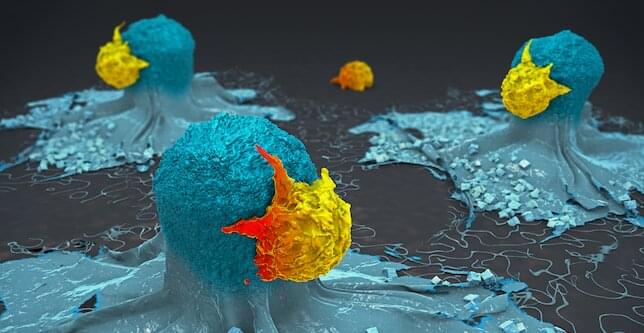Does the breakthrough to general AI need more data and computing power above all else? Yann LeCun, Chief AI Scientist at Metaon the recent debate about scaling sparked by Deepmind’s Gato.
The recent successes of large AI models such as OpenAI’s DALL-E 2, Google’s PaLM and Deepmind’s Flamingo have sparked a debate about their significance for progress towards general AI. Deepmind’s Gato has recently given a particular boost to the debate, which has been conducted publicly, especially on Twitter.
Gato is a Transformer model trained with numerous data modalities, including images, text, proprioception or joint moments. All training data is processed by Gato in a token sequence similar to those of large language models. Thanks to the versatile training, Gato can text, describe images, play video games or control robotic arms. Deepmind tested the AI model with over 600 benchmarks.









